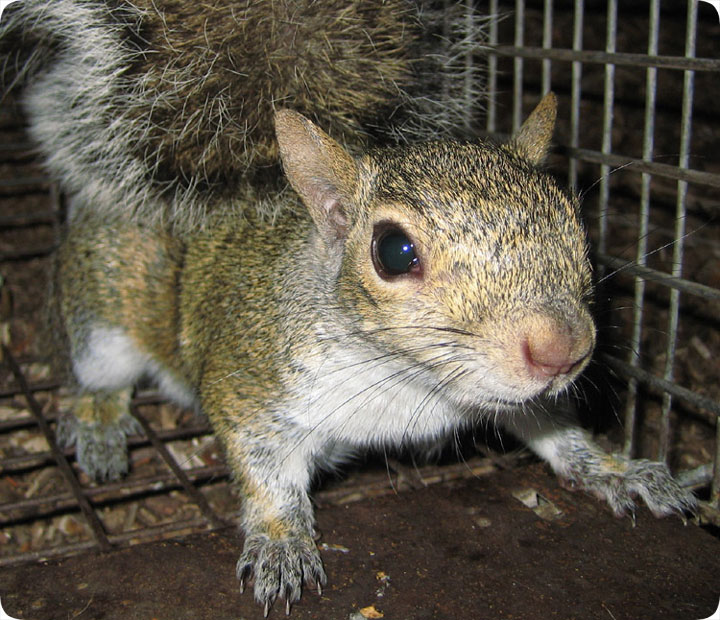

The back between the stripes is grizzled dark grayish-brown becoming less grizzled on the rump lateral to the stripes the color grades to a light buffy-gold on the venter. From nose to nape above the eye, the head is russet. The golden-mantled ground squirrel doubtlessly is the most distinctively marked ground squirrel in Oregon a white stripe bordered on both sides by a black stripe extends from the shoulder to the hip.

Adults remained active for 135-150 days, entering hibernation by the end of July, or for juveniles mid August. In central Oregon, marmots emerged from hibernation the last week of February or the first week of March, adult males first, followed in order by adult females, yearling females, and yearling males. Marmots hibernate body temperature, heart rate, respiration, and physiological processes decline to extremely low levels. Occasionally, an abandoned building or pile of logs serves as a substitute for rocks. The primary requisites of suitable habitats for the yellow-bellied marmot are boulders or piles of rocks and an abundance of succulent vegetation in close proximity thereto. Mazama, Klamath County, except for the Columbia Basin. In Oregon, it occurs in suitable habitats east of a line connecting Mt. The pelage consists of a dense, wooly underfur covered by long, course guard hairs and is distinctively colored and marked. It has short legs, a short and bushy tail, and ears short and covered with fur. The yellow-bellied marmot is the largest squirrel in Oregon.


 0 kommentar(er)
0 kommentar(er)
